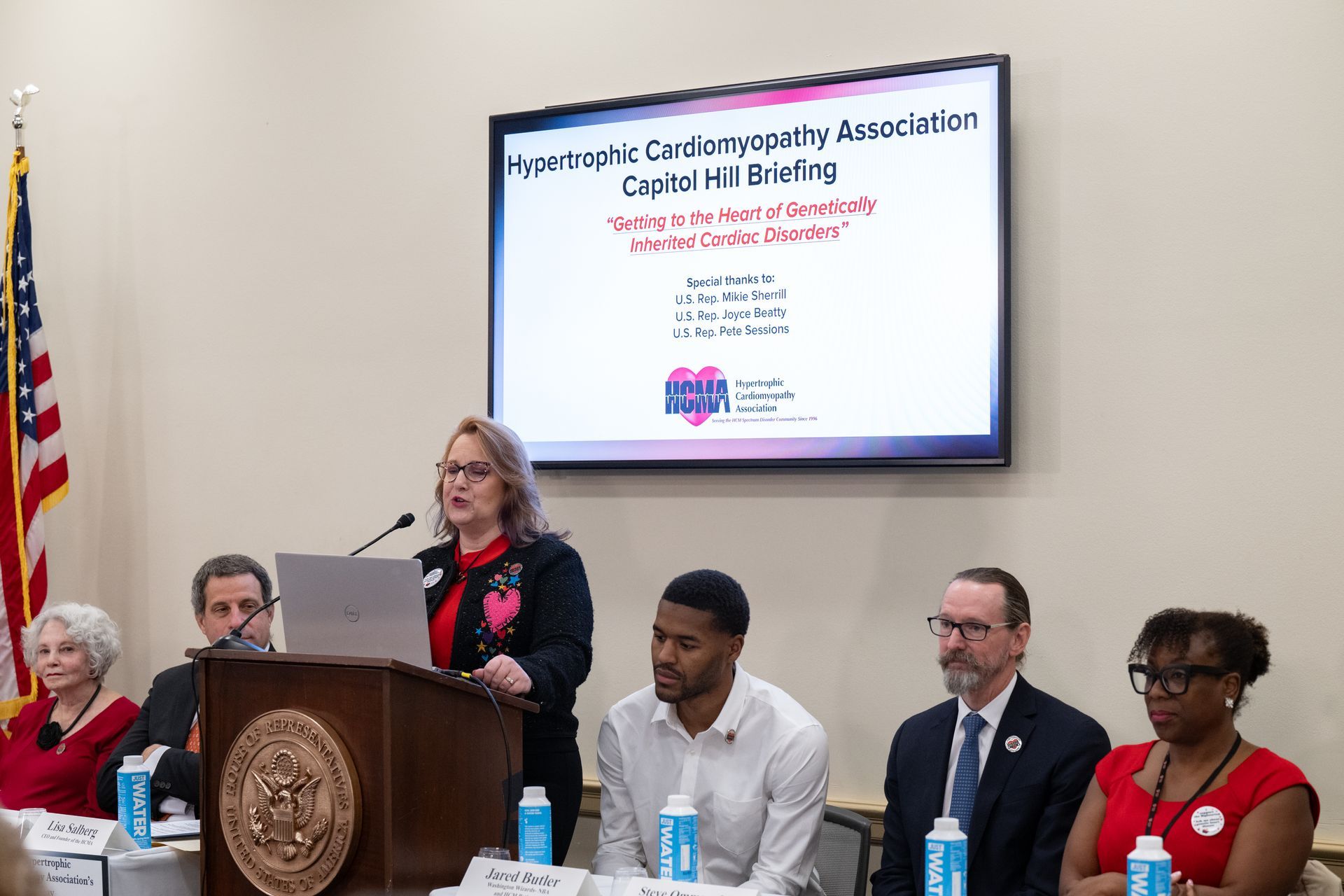U.S. Food and Drug Administration Updates CAMZYOS® (mavacamten) Label to Reduce Echocardiography Monitoring Requirements and Contraindications for Obstructive HCM
Label updates include simplified twice-yearly echo monitoring for eligible CAMZYOS patients in the maintenance phase and expanded patient eligibility with reduced contraindications
Updated U.S. label is supported by data including long-term clinical and real-world evidence which reinforce the strong safety profile of CAMZYOS.
“In addition to the established efficacy of CAMZYOS, these meaningful updates to the label reinforce the strong safety profile of the therapy. With robust clinical and real-world data and more than 15,000 patients prescribed CAMZYOS in the U.S.,2 this medicine has redefined the treatment landscape for symptomatic obstructive HCM and can have a significant impact for patients living with the condition,” said Al Reba, senior vice president, Cardiovascular & Immunology Commercialization at Bristol Myers Squibb. “Simplifying treatment by reducing the frequency of echo monitoring not only improves the patient experience, but will also save time for cardiologists, allowing them to treat more patients.”
The approved label update is supported by long-term clinical and real-world data, including analyses of results from the CAMZYOS Risk Evaluation and Mitigation Strategy (REMS) Program, real-world experience from three single-center studies, and ongoing clinical data reinforcing the safety profile of CAMZYOS through 3.5 years.
Read More
HCMA Blog


 Translate
Translate
